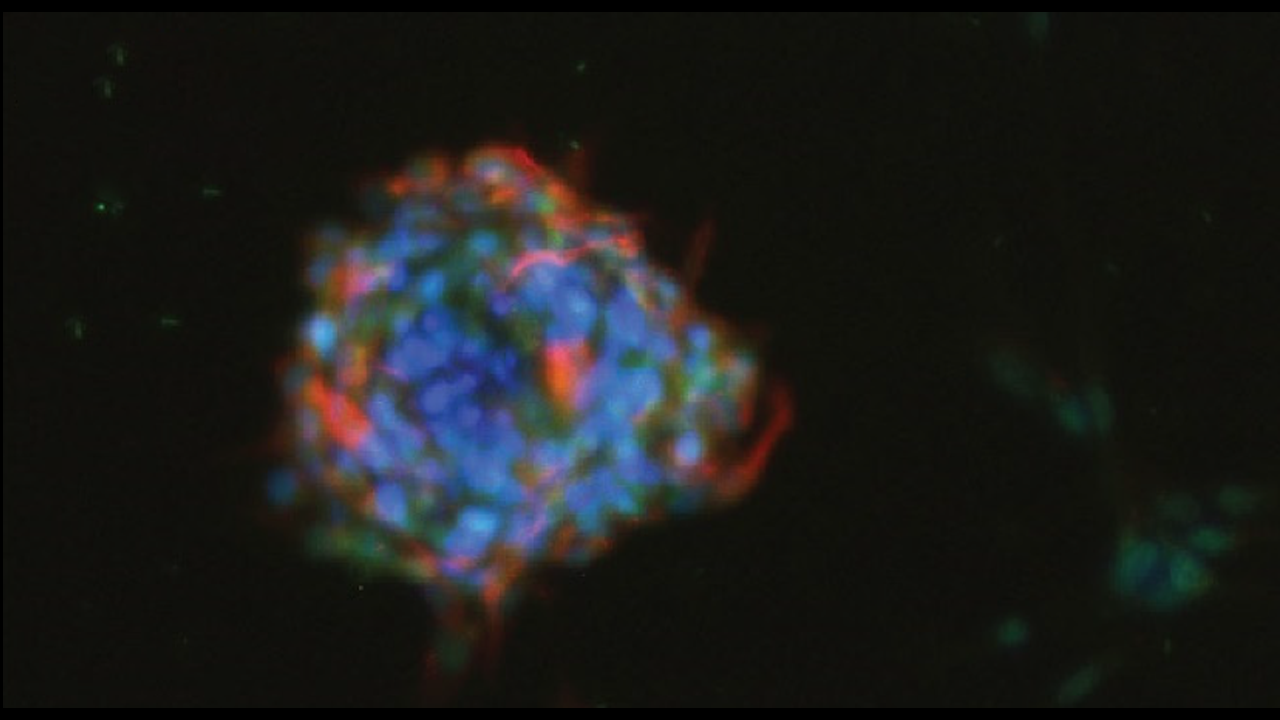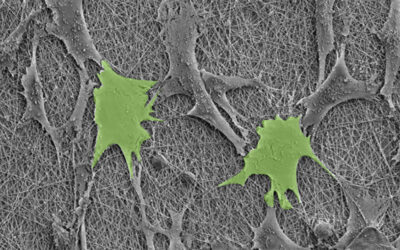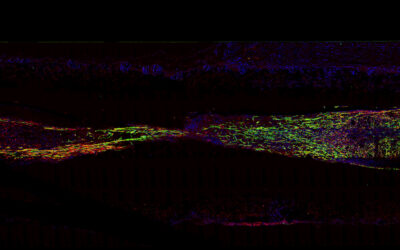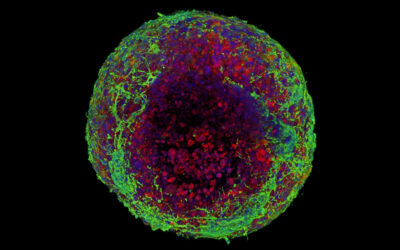Alzheimer’s disease and other neurological conditions are becoming increasingly common as average life expectancies around the world increase. In order to better understand these diseases, researchers need reliable platforms for the growth and maintenance of neural cells.
In Advanced Materials, Prof. Mingying Yang from Zhejiang University, Prof. Chuanbin Mao from the University of Oklahoma, and their co-workers develop a new platform that can rapidly catalyze the growth of neural cells.
Phages were used as the building block to develop this platform.
Prof. Mao states, “A phage is a virus that specifically infects bacteria. Filamentous phage can be pictured as a biological nanofiber. We have recently developed a technique called dip-pulling to assemble filamentous phages into a unique structure, called a ‘nanoridge in microridge.'”
The dip-pulling method involves the lowering of a substrate into a phage-filled solution. The substrate is then vertically pulled out of the solution at a controlled speed.
Using dip-pulling conditions, biological nanofibers produce the nanoridge-in-microridge structure, which can be used as a platform for the differentiation of stem cells into neural cells and the growth of neural cells.
“To demonstrate one important application of the unique nanoridge-in-microridge structure, we cultured neural progenitor cells derived from induced pluripotent cells. Surprisingly, we found that the neural progenitor cells could be induced to differentiate into both neurons and astrocytes,” explained Prof. Mao.
The development of the neural progenitor cells into neurons and astrocytes took place over only eight days, whereas most reported methods require more than two weeks.
To learn more about the growth of neural cells using nanoridge-in-microridge platforms, please visit the Advanced Materials homepage.

















